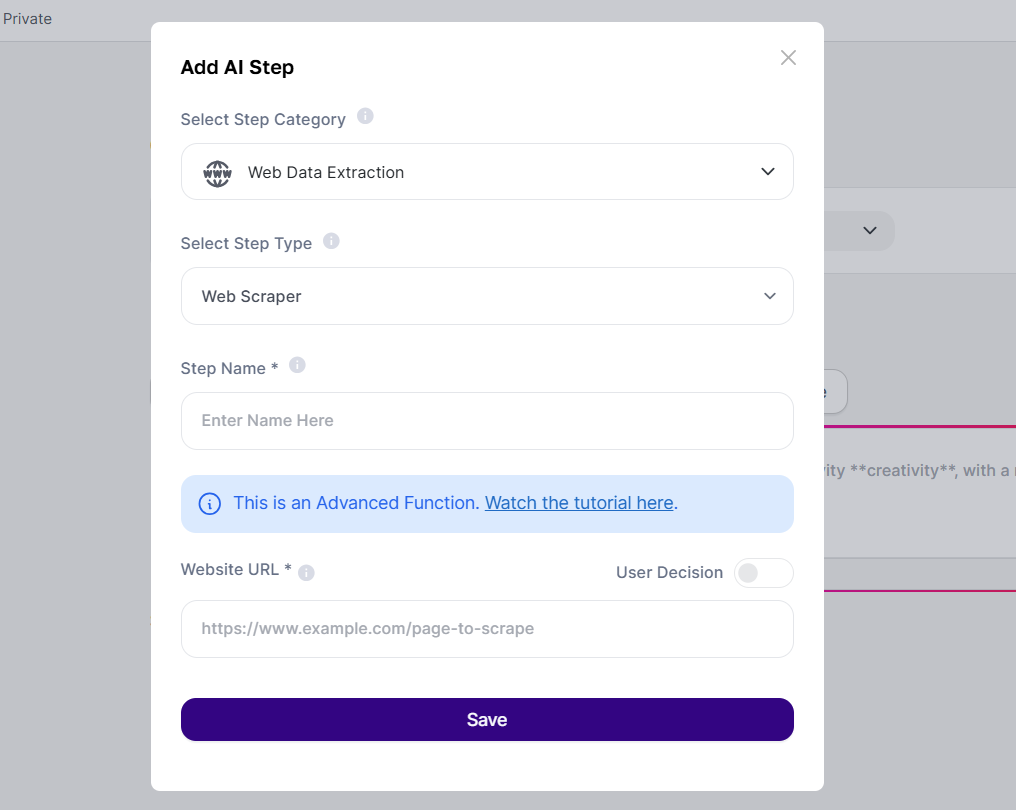In recent years, AI has proven to be a powerful tool for various industries, and marketplaces are no exception to this innovation. In one of our Lives, we discussed a practical case that demonstrates how to use Tess to optimize listings on platforms like Mercado Livre, Amazon, Shopee, etc. Through tools that enhance content creation and editing, sellers can improve their products' visibility and conversion rates.
For those looking to expand their knowledge, don’t forget to check out the full video of the live session:
The Use Case: Improving Titles and Descriptions of Listings
Today’s session focused on two main areas: improving titles and descriptions of listings, and editing images. The first step to increasing conversions in marketplaces is ensuring that a product’s title and description are appealing and optimized for SEO. An attention-grabbing and informative title is crucial since it’s the first element that catches the consumer’s eye, while a detailed description can persuade them to finalize the purchase.
Step by Step
Defining the AI Agent: The first step at Tess was to create an agent. This involves setting up variables that help the AI better understand the context of the product.
Prompt Structure: The prompt will be in text format and should include:
Persona: Define that the AI is a digital marketing expert focused on marketplaces.
Objective: Analyze ad titles and descriptions to identify improvement opportunities.
Output: The AI should provide optimized titles and descriptions, along with justifications for the suggested changes.
Title and Description Analysis: After setting up the agent, the AI was trained to receive ad links. We created a Web Scraper Step, where the AI analyzed the current title and description of the ads (via link) and suggested new versions incorporating relevant keywords and a stronger emotional appeal.

Justifications: The AI’s suggestions weren’t just automated; it also provided detailed justifications explaining why the changes were necessary, helping sellers better understand what consumers are looking for.
Tools and Technologies Mentioned
During the live session inside Tess AI, we used some tools:
AI Studio: The interface lets users create and manage their AI agents in a simple and intuitive way, simplifying the AI training process.
Web Scraper: A tool that helps extract product information from provided links, making deeper analysis easier. The AI accesses the URL and processes the reading.
Tips and Best Practices
Continuous Updates: Using AI requires sellers to stay updated on the best practices in SEO and digital marketing.
Testing and Adjustments: It’s crucial to test different versions of titles and descriptions and adjust them based on results.
Competitor Analysis: Don’t hesitate to analyze other products with good sales rates to understand elements you can apply to your own ads.
Conclusion
The techniques demonstrated in the live show how integrating AI into the creation and optimization of ads can significantly boost the visibility and conversion rates of products in marketplaces. By improving titles and descriptions and applying impactful visual strategies, sellers can stand out in an increasingly competitive environment. Using AI effectively is not just an advantage, but a necessity for anyone wanting to thrive in today's e-commerce.
Try applying the tips and tools mentioned, and don’t waste time optimizing your ads to boost your sales!
